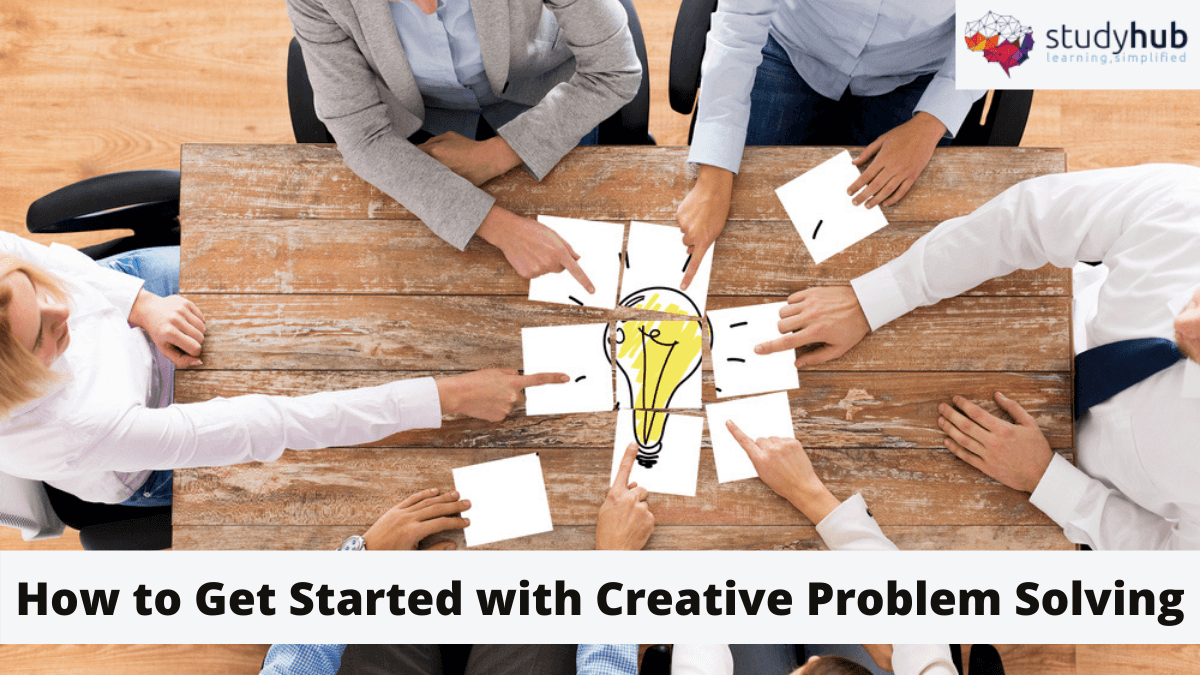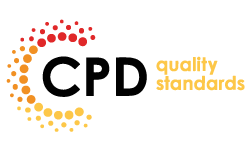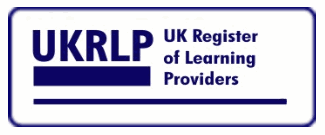
Let’s face it, joining your first desk job is overwhelming and it is rightly so. Especially, for those of you who landed their job in a cut-throat corporation where you have to solve problems on the fly or are left out to dry.
Yes, you may have the necessary skills to solve a problem, but what do you do when the solution is out of your reach? Before you shrug this notion off here’s a scenario.
Your boss just walked in furious. The first person in front is you. He drops a pile of papers on your desk and asks you to go through them. Going through the documents you see the problem. Spending in your department needs to be cut, but you can’t process the solution right away. What do you do next?
The situation above is common in almost every office space on this planet. And it demands for what the business world calls creative problem solving or, CPS. Well, it’s impossible to explain something without a proper definition; so here it is.
Definition of problem solving
Creative problem solving is a mental process of searching for unique solutions to a problem. If you think you already know what this is, that’s great. But just to put it out there, you have to reach a solution with your own ideas for it to be called creative.
Early Days
If this is the first time you’ve heard of CPS then you’ll be surprised to know that the concept of CPS was developed in the 1940s. Alex Osborn, founder of the Creative Education Foundation was the first to develop the concept. Later on, Sid Parnes partnered with Alex to develop the Osborn-Parnes Creative Problem Solving Process
In 2011 the CPS learner’s Model was developed based on Osborn-Parnes process. This five-step model has become a benchmark for explaining the varied uses of CPS.
If you’ve read this far you’re probably interested in learning a lot more about creative problem-solving. But before getting into the core of the Creative Problem Solving process you have to identify the 5 stages of general problem solving, which are
- General orientation or “set,”
- Problem definition and formulation,
- Generation of alternatives,
- Decision making
- Verification.
If you’ve got a clear grasp on these then CPS is just down your alley. To get started on creative problem solving from today, you can follow the process I’ll give below based on a newer model. Try and follow the steps to see yourself solve it all.
If you’ve got a clear grasp on these then CPS is just down your alley. To get started on creative problem solving from today, you can follow the process I’ll give below based on a newer model. Try and follow the steps to see yourself solve it all.
1. Facts first
Ask a lot of questions. That is the best way to get all the relevant facts. While you ask these questions, remember to not judge the ideas that spring up. The goal of this step is to touch upon every aspect of the problem before making any guesses. Don’t give in to the urge of jumping to a quick solution.
2. Define the Problem
Getting a definition for the problem at hand makes the search for a solution cost less time and effort. As Einstein famously said, he’d spend 50 minutes to understand the question even if it left him with only 10 minutes to solve it. Having a clear definition of the problem will guide you in finding various ways you can approach it.
3. Generate ideas
When proposing ideas as solutions forget about the rules. You can never be sure which rules can be bent or broken. Don’t let that get in the way of your problem-solving potential.
4. Finding Solutions
If all is going well so far you should have at least a few ideas about a possible solution. To short-list what you got set down the important factors for the best solution. Select the ideas that fit the factors best, and keep the rest on hold until something changes.
5. Acceptance and Action
Getting acceptance for a radical solution will be difficult. Try including people into the solving process in the beginning. Especially when success depends on cooperation among your colleagues. The other way is to share ownership of the ideas so that the solutions can be put into action with mutual consent.
Core Principles of Creative Problem Solving
The success of a creative problem-solving process depends on a few important principles that you must acquire through practice.
First is telling apart the convergent and divergent thinking process. Convergent thinking is a straightforward process that focuses on figuring out the most effective answer to a problem as fast as possible. Divergent thinking works kind of in the opposite way, opening the mind in various directions and trying out multiple solutions for a problem. Creativity comes easiest when divergent and convergent thinking are in balance (and done separately).
Rephrasing problems and challenges as open-ended questions with multiple possibilities will make it easier for you to come up with solutions. Closed questions tend to end in short answers, such as agreements or disagreements.
Stop judgment before you begin. I know I’m saying this again but, the importance of this can’t be stretched enough. You can get intuitive solutions only when you turn off your biases and look at the problem in a new light. Try wearing an engineer’s hat while tackling a marketing problem or, be a pharmacist solving cold storage issues. The possibilities are endless when your imagination is boundless.
The role of Language when generating information and ideas is unparalleled. Focus on “Yes, and,” rather than “No, but.” While “Yes, and” encourages people to expand on the thoughts and ideas, using the word “but” – ends conversation, and often negates what’s come before it regardless of the following yes or no. Keeping this in mind is crucial during certain stages of CPS
Tools:
Since you’ve reached the end of the blog I’ll throw in some divergent and convergent thinking tools for improving your creative problem solving abilities. Make sure to try them out and make a note of how much or, if they help.
Divergent tools
- Excursions
- Visual Connections
- Forced Connections
- SCAMPER
- Brainstorming
- Brainwriting
- Idea Box (mix‐and‐match)
- Word Dance FTQ
Convergent tools
- Hits
- Clustering / Restating Clusters
- POINt (Positives, Opportunities, Issues, New thinking)
- Card Sort
- Evaluation Matrix
- Paired Comparison Analysis
- Assisters & Resisters
- RACI
Whenever a problem hits you in the face remember, the problems that exist in the world today cannot be solved by the level of thinking that created them.
Albert Einstein (Scientist and Creative thinker)





0 responses on "Creative Problem Solving And How To Get Started"